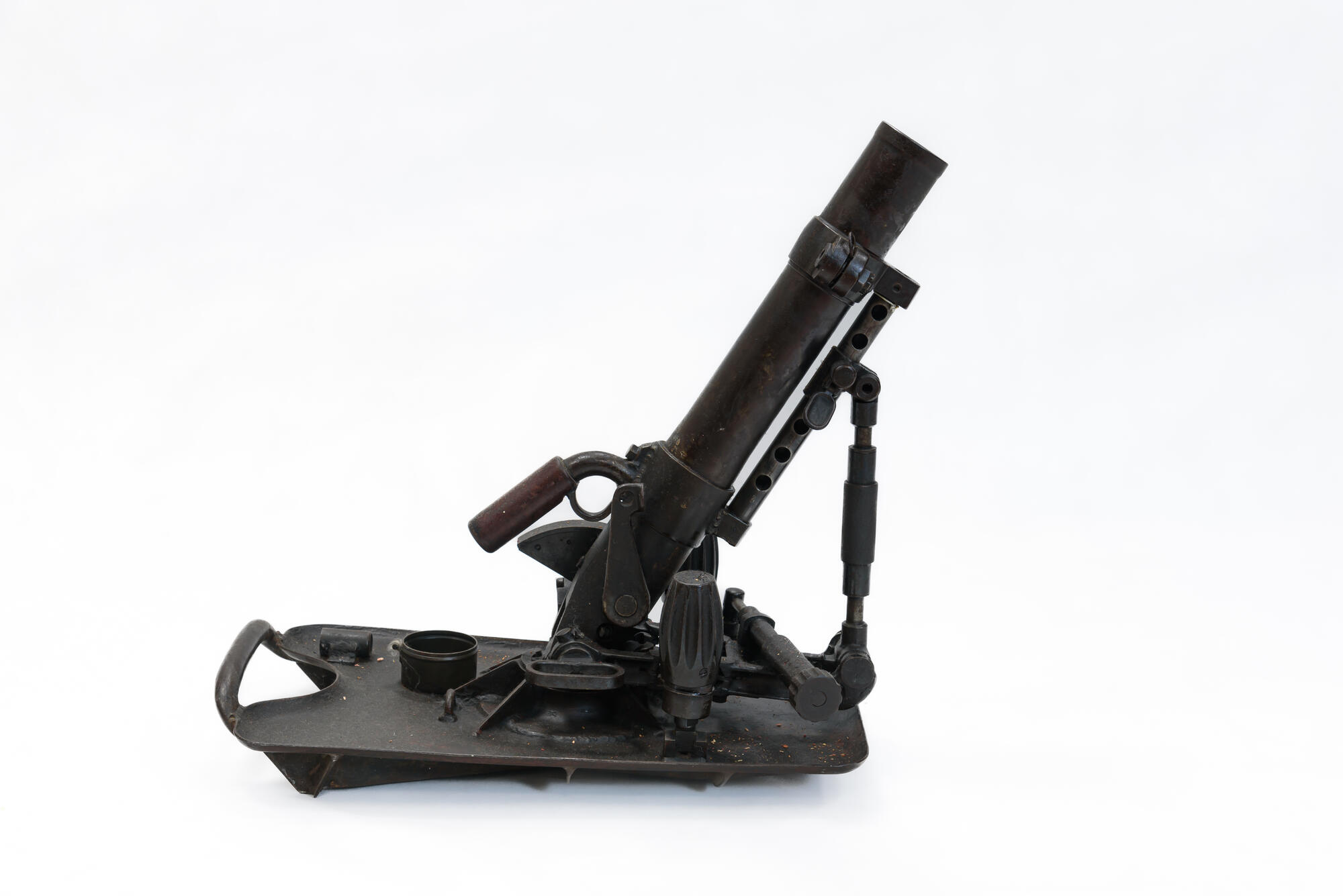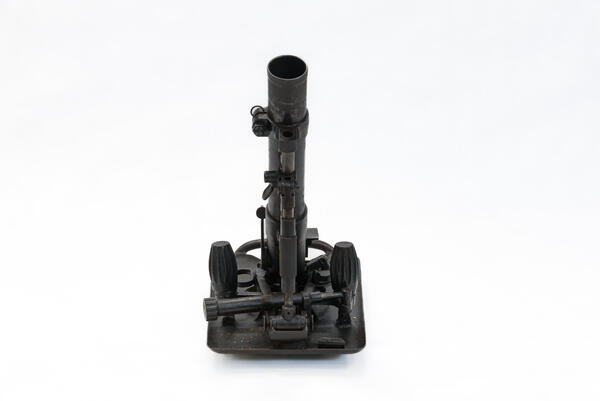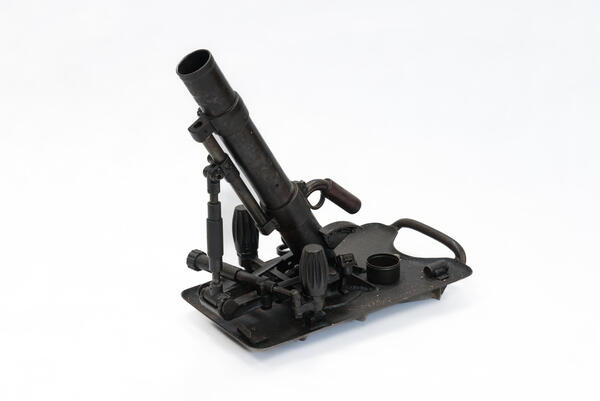The mortar was developed in 1936 by the arms manufacturer “Rheinmetall”. All the components and elements of the mortar were placed on the base plate. One mortar cost 400 Reichsmarks. Mortars were included in the armament of the company infantry of the Wehrmacht, one mortar was issued per one infantry platoon. According to the regulations, the Wehrmacht divisions were to have 84 units of 50mm mortars.
After the formation of the first large German paratrooper unit (part of the Luftwaffe special forces under the command of General Kurt Student) in 1938, the mortar was supplied to the German paratrooper branch Fallschirmjäger. The small mass and size of the mortar, as well as the small weight of ammunition in the charging boxes, made it convenient to drop the weapon together with paratroopers (without the need to use a separate cargo parachute) and to conduct air combat maneuvering. By 1939, the troops were armed with 5,914 mortars. After analyzing the experience of combat operations that had taken place in September 1939 in Poland and in 1940 in France, by the beginning of the war with the USSR in the summer of 1941, the number of 50mm mortars in German infantry divisions was increased. As a result, on April 1, 1941, there were 14,913 50mm mortars and 31,982,200 shells for them.
The mortar crew consisted of three soldiers. During a campaign, the mortar was transported in two backpacks: in one of them was the bipod with an elevating mechanism, in the other — the base plate with an equalizer and a rotating mechanism. For short distances, the mortar was carried by the handle in assembled form. Five trays with ten mines in each of them were and a box with accessories were carried together with the mortar.
First and foremost, the mortar engaged targets located behind a shelter. Massive mortar fire was especially devastating for the enemy. Therefore, when targeting large groups of enemy soldiers, strongpoints and observation posts, as well as clusters of trucks and motorcycles, it was necessary to fire simultaneously from several mortars. The rate of fire in that case needed to be maximum, but not to the detriment of accuracy.
The production of 50mm infantry mortars was discontinued in 1943. In the period from July to October 1944, captured German 50mm mortars were often installed on Soviet light tanks and self-propelled guns that were used in urban battles, and to fire at the enemy soldiers positioned on the roofs and upper floors of buildings.
After the formation of the first large German paratrooper unit (part of the Luftwaffe special forces under the command of General Kurt Student) in 1938, the mortar was supplied to the German paratrooper branch Fallschirmjäger. The small mass and size of the mortar, as well as the small weight of ammunition in the charging boxes, made it convenient to drop the weapon together with paratroopers (without the need to use a separate cargo parachute) and to conduct air combat maneuvering. By 1939, the troops were armed with 5,914 mortars. After analyzing the experience of combat operations that had taken place in September 1939 in Poland and in 1940 in France, by the beginning of the war with the USSR in the summer of 1941, the number of 50mm mortars in German infantry divisions was increased. As a result, on April 1, 1941, there were 14,913 50mm mortars and 31,982,200 shells for them.
The mortar crew consisted of three soldiers. During a campaign, the mortar was transported in two backpacks: in one of them was the bipod with an elevating mechanism, in the other — the base plate with an equalizer and a rotating mechanism. For short distances, the mortar was carried by the handle in assembled form. Five trays with ten mines in each of them were and a box with accessories were carried together with the mortar.
First and foremost, the mortar engaged targets located behind a shelter. Massive mortar fire was especially devastating for the enemy. Therefore, when targeting large groups of enemy soldiers, strongpoints and observation posts, as well as clusters of trucks and motorcycles, it was necessary to fire simultaneously from several mortars. The rate of fire in that case needed to be maximum, but not to the detriment of accuracy.
The production of 50mm infantry mortars was discontinued in 1943. In the period from July to October 1944, captured German 50mm mortars were often installed on Soviet light tanks and self-propelled guns that were used in urban battles, and to fire at the enemy soldiers positioned on the roofs and upper floors of buildings.






